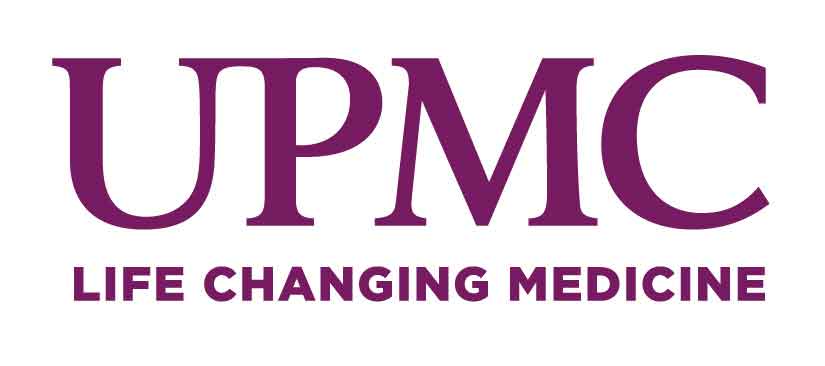UPMC: Initiatives Aimed at Lowering Health Insurance Premiums Could Potentially Render Coverage Less Affordable for Middle-Class Individuals
Reinsurance programs, which were created to help lower premiums and increase enrollment in the Affordable Care Act’s health insurance marketplaces, may have had the opposite effects for many potential marketplace enrollees, according to a study by health policy researchers at the University of Pittsburgh School of Public Health, Duke University and University of Minnesota.
The study, published today in Health Affairs, is the first to examine the effects of a post-American Rescue Plan Act reinsurance waiver on the affordability of coverage for enrollees who are receiving premium subsidies in the marketplaces.
Nearly a decade ago, when the ACA marketplace was created, premiums initially shot up for many new enrollees. In response, states used the Section 1332 waiver process to create state-funded reinsurance programs, a kind of “insurance for insurers” that shields insurers from very high claims. The hope was that the new waiver would enable insurers to reduce premiums—and it worked. To date, 16 states have used Section 1332 to implement reinsurance programs: Alaska, Colorado, Delaware, Georgia, Hawaii, Maine, Maryland, Minnesota, Montana, New Hampshire, New Jersey, North Dakota, Oregon, Pennsylvania, Rhode Island and Wisconsin.
However, the authors note, for most enrollees in the ACA’s marketplaces, government subsidies are just as important as the costs of premiums.
The team looked at subsidized enrollees in counties along each side of Georgia’s borders from 2019 to 2023, with particular focus on 2022, the year the state implemented its reinsurance program. The researchers examined differences across the state line and found that, while lower-income marketplace enrollees saw no changes in their minimum cost of marketplace coverage, the picture was quite different for potential enrollees in the middle class—those with incomes from 251% to 400% of the federal poverty level.
Compared to the previous year, the minimum cost to gain coverage increased by about 30% for this population and, in turn, health-insurance enrollment went down by roughly one-third.
For example, a single person making $35,000 a year would see an additional cost of roughly $40 a month to get insurance.
The reason for the cost increase: when premiums decline, so do the subsidies available to enrollees to cover them. Premiums for lower-cost plans in Georgia did not decline enough to compensate for the decrease in subsidies, meaning enrollees were paying a higher net cost.
“People are less likely to buy insurance when it costs more, and being uninsured has been linked to an increase in mortality. These vulnerabilities weigh heavily on our minds when we see results like this,” said senior author Coleman Drake, Ph.D., assistant professor in the Department of Health Policy and Management at Pitt Public Health.
The authors note that unsubsidized enrollees do stand to benefit from reinsurance; however, this population has shrunk drastically nationwide. Just 10% of the individual market nationwide is unsubsidized, down from roughly 50% since the early days of the ACA.
The study calls into the question the methodology behind the creation of reinsurance programs.
“We checked 1332 waiver applications for every one of the 16 states that has created a marketplace reinsurance program, and every one of them projected there would be precisely zero impact on subsidized enrollees,” said Drake. “Unfortunately, our analysis suggests the story is more complicated than that. We hope these results cause state and federal policymakers to reevaluate how marketplace reinsurance programs are affecting the rapidly growing population receiving subsidized marketplace coverage.”
He adds that, by mandate, 1332 programs cannot cause a net decrease in statewide health insurance enrollment.
The team stresses that their findings do not necessarily imply that these programs should be eliminated. “There’s a lot of variability in Section 1332 reinsurance programs,” said David Anderson, doctoral candidate at the Duke University Department of Population Health Sciences and the study’s lead author. “For instance, Colorado uses its waiver to provide subsidies to enrollees who are not eligible for federal premium assistance. And in other states, it’s plausible they could lower the minimum cost of coverage by introducing ‘copper’ plans that have lower premiums and share the cost across more enrollees.”
“Policy has been overly focused on raw premiums, and that needs to change,” said Drake. “Our analysis adds to mounting evidence that when considering how a policy is going to affect the affordability of coverage for subsidized enrollees, we need to be thinking about premiums paid after subsidies.”

